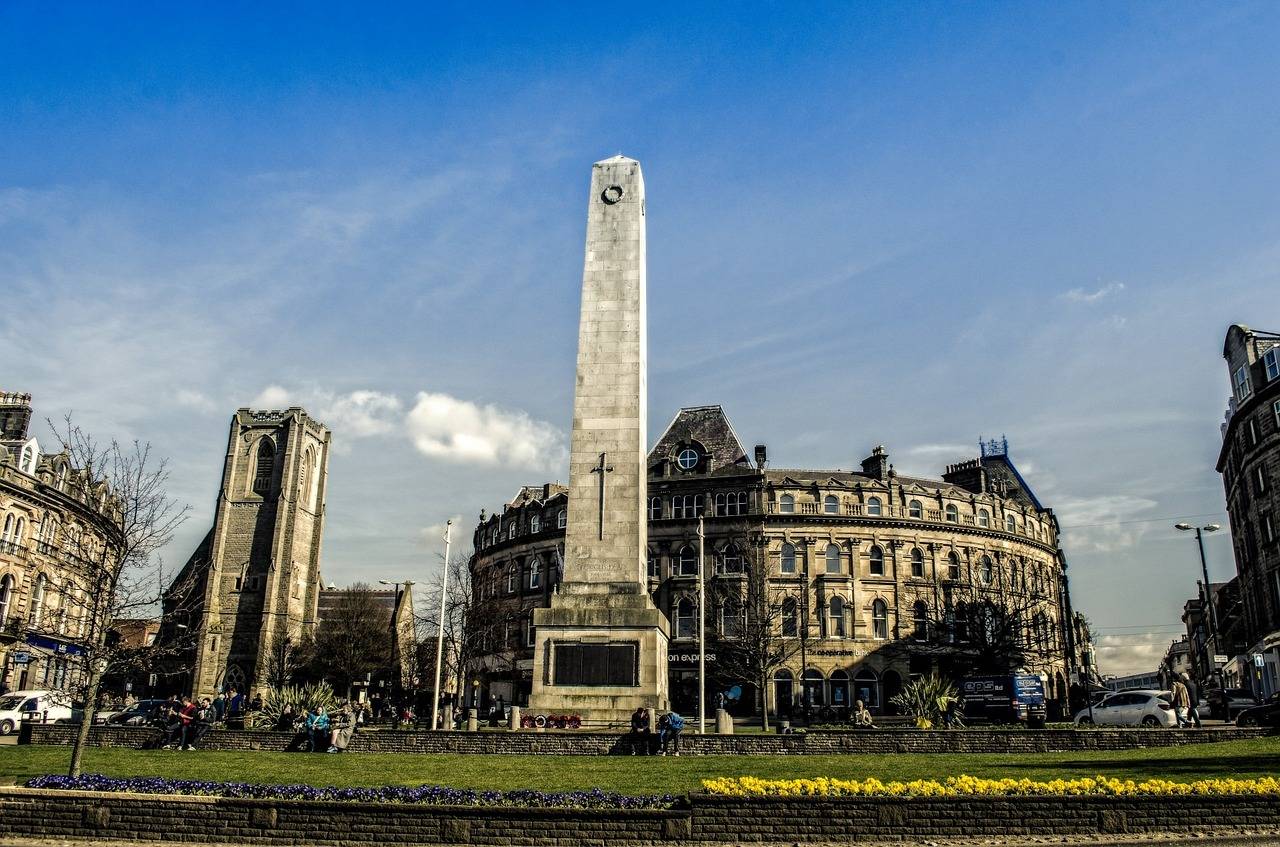The Impact of Fast Fashion on the Environment
The fast fashion industry has witnessed a significant surge in popularity over the past few decades. This sector is characterized by manufacturers quickly producing and delivering affordable clothing collections that mimic the latest trends seen on runways and in fashion magazines. Fast fashion brands have revolutionized the traditional fashion cycle by introducing new designs at an unprecedented pace, making trendy clothes accessible to the masses in a matter of weeks.
Consumers are drawn to fast fashion for its affordability, convenience, and constantly changing inventory. With the rise of social media platforms like Instagram and TikTok, where influencers regularly showcase their outfits, the demand for trendy clothing has skyrocketed. Fast fashion brands capitalize on this demand by swiftly replicating popular styles and swiftly delivering them to stores and online platforms, creating a sense of urgency for shoppers to purchase the latest pieces before they sell out.
The Acceleration of Clothing Production
With the rise of fast fashion, clothing production has seen a significant acceleration in recent years. Brands are constantly pushing out new collections and trends at a rapid pace to keep up with consumer demand for the latest styles. This fast-paced production cycle often leads to a higher turnover of clothing items in stores, creating a sense of urgency for consumers to continually purchase new pieces to stay on-trend.
As clothing production accelerates, the environmental impact of the fashion industry becomes more pronounced. The increased demand for clothing means more resources are being used to manufacture garments, leading to higher levels of water consumption, energy usage, and waste generation. Additionally, the pressure to produce clothing quickly can result in poor working conditions for garment workers, as factories prioritize speed and efficiency over worker safety and well-being.
What is the fast fashion industry?
The fast fashion industry is a business model that focuses on quickly producing affordable, trendy clothing in response to the latest fashion trends.
How has the fast fashion industry contributed to the acceleration of clothing production?
The fast fashion industry has significantly sped up the process of clothing production by streamlining supply chains, reducing lead times, and increasing the frequency of new collections.
What are some of the environmental impacts of the acceleration of clothing production?
The acceleration of clothing production has led to increased waste, pollution, and resource depletion in the fashion industry, contributing to environmental degradation.
How can consumers help reduce the negative impacts of accelerated clothing production?
Consumers can reduce the negative impacts of accelerated clothing production by buying less, investing in high-quality, timeless pieces, and supporting sustainable and ethical fashion brands.
Is there a way for the fashion industry to slow down the acceleration of clothing production?
The fashion industry can slow down the acceleration of clothing production by embracing sustainable practices, promoting circular fashion initiatives, and advocating for a shift towards a more mindful and ethical approach to fashion production.





